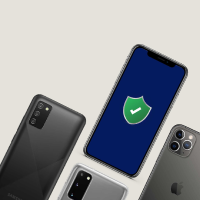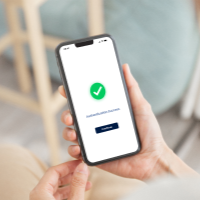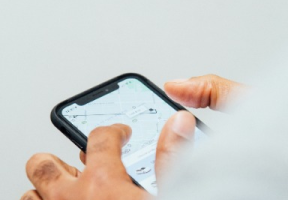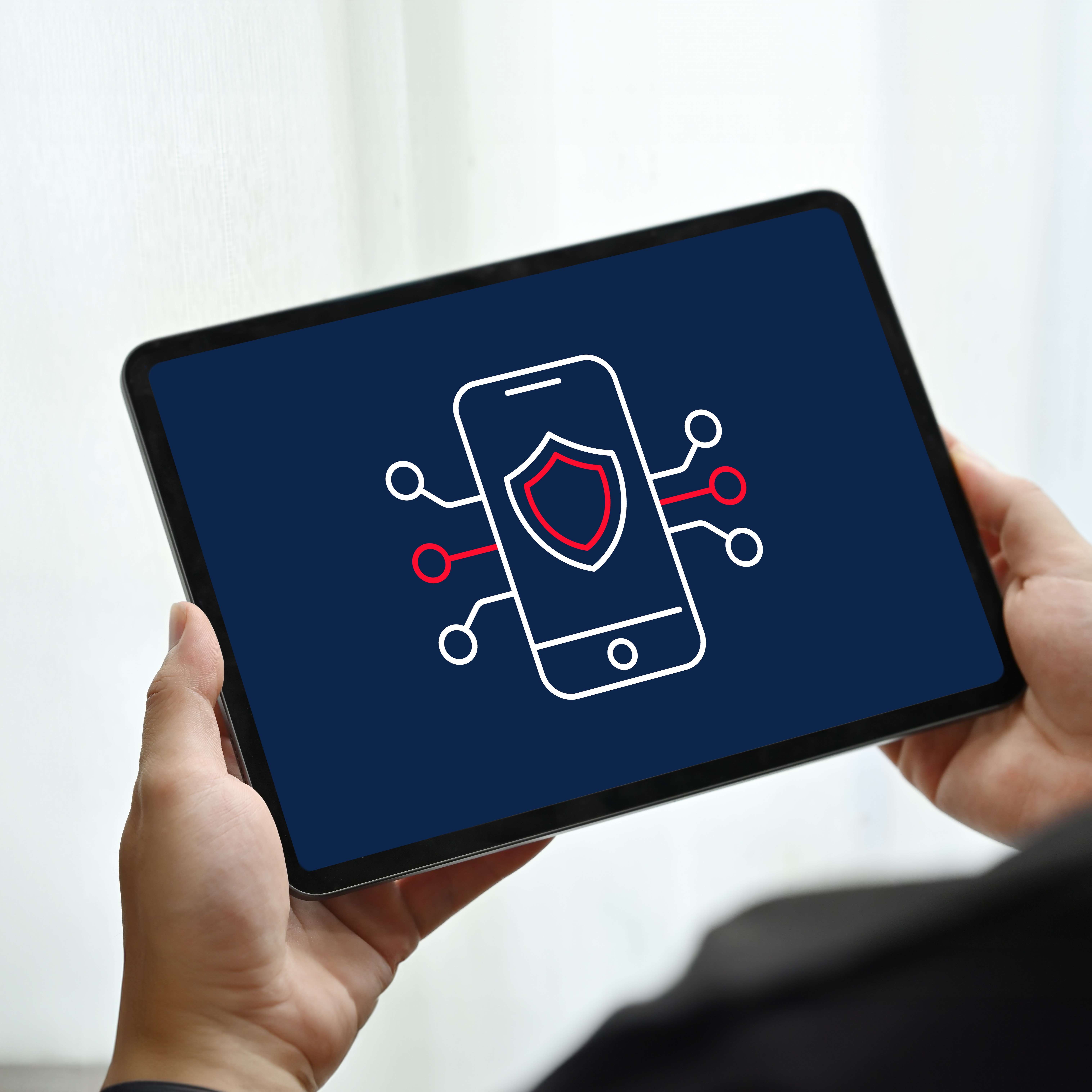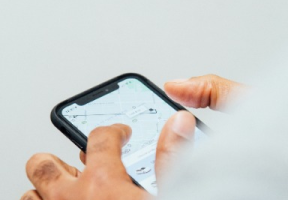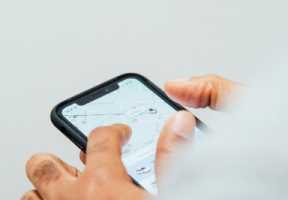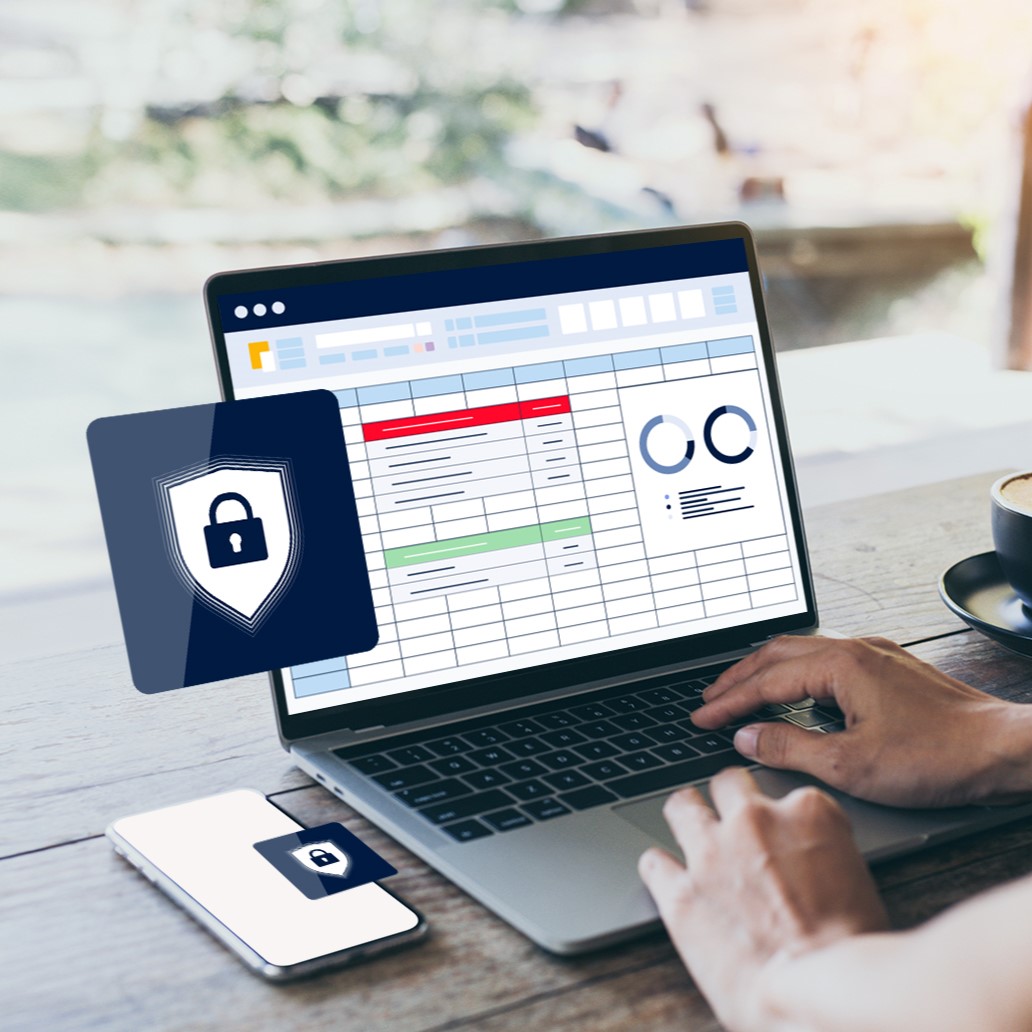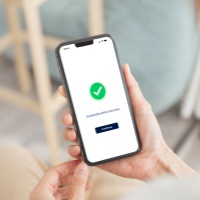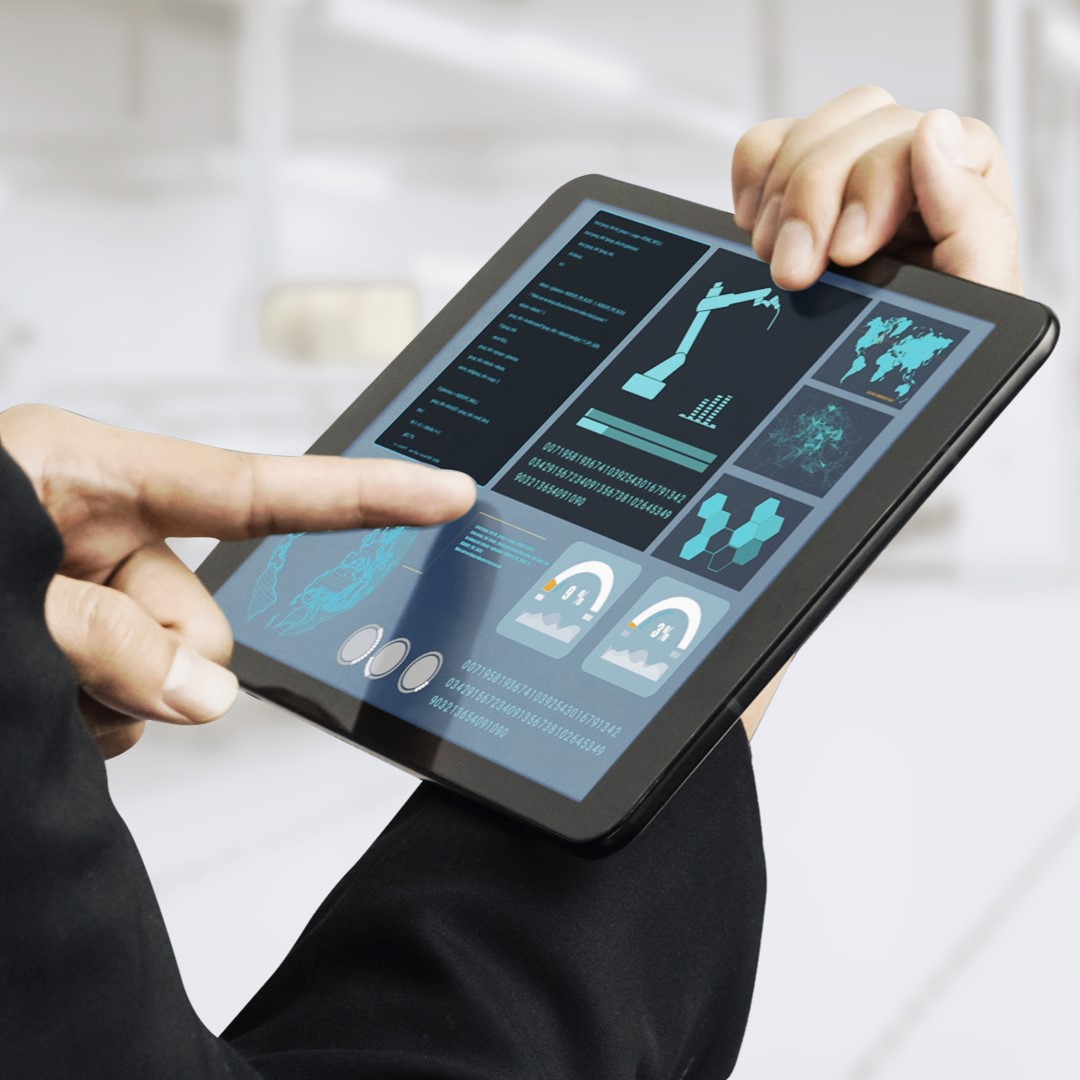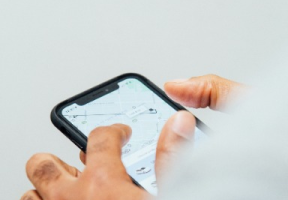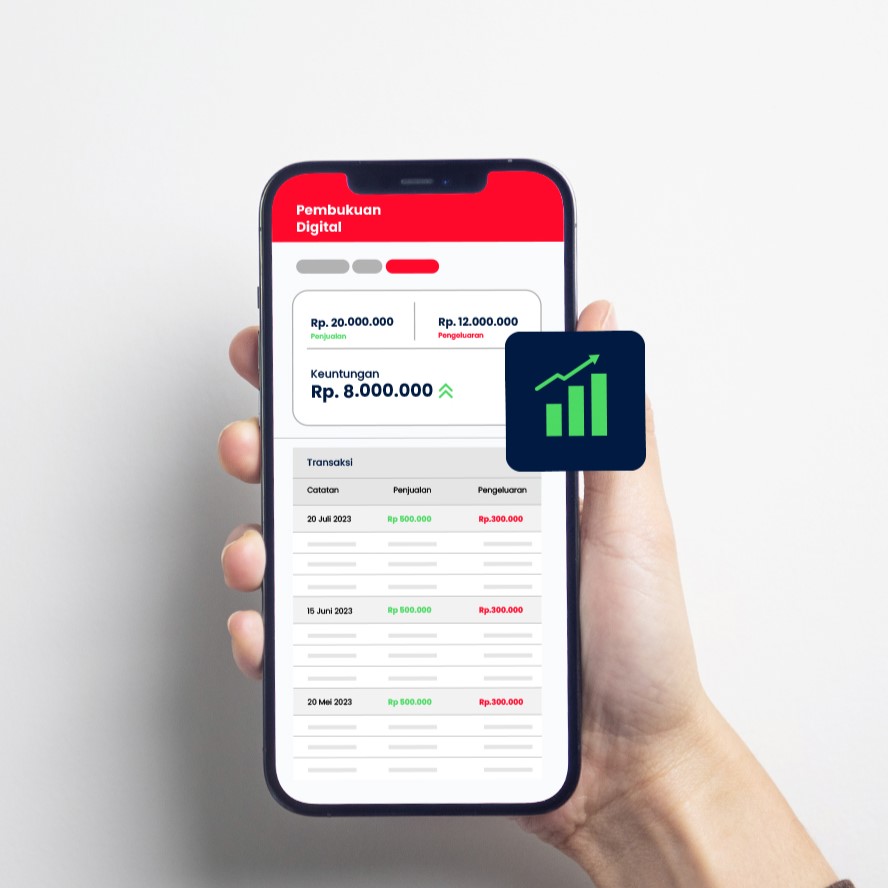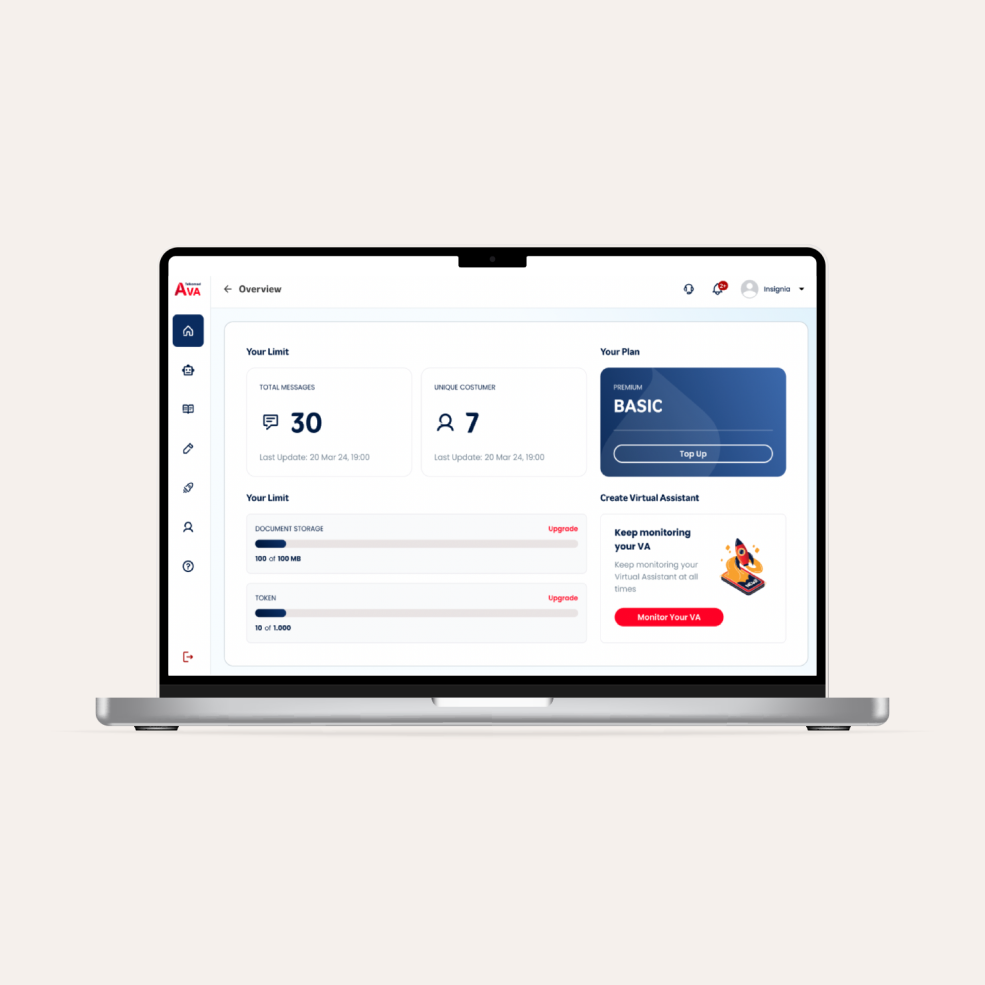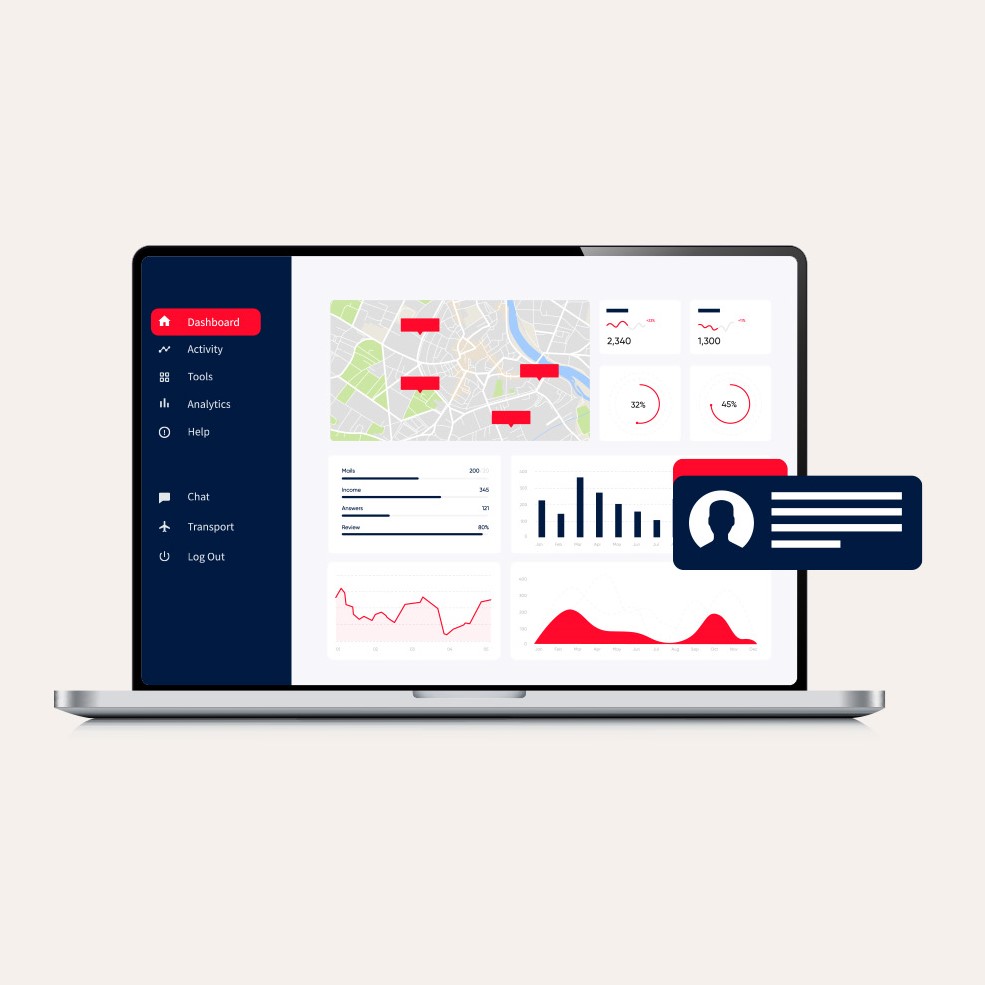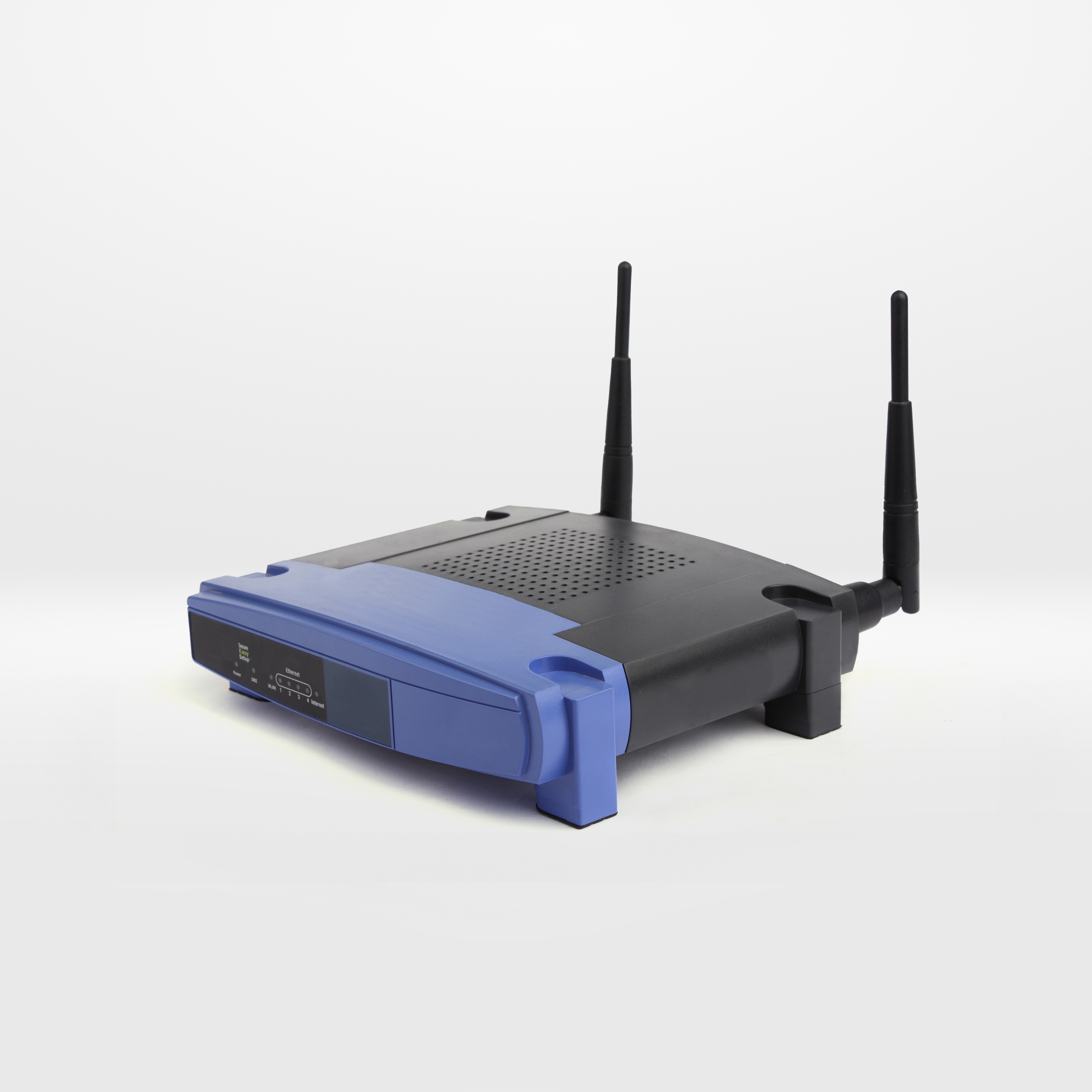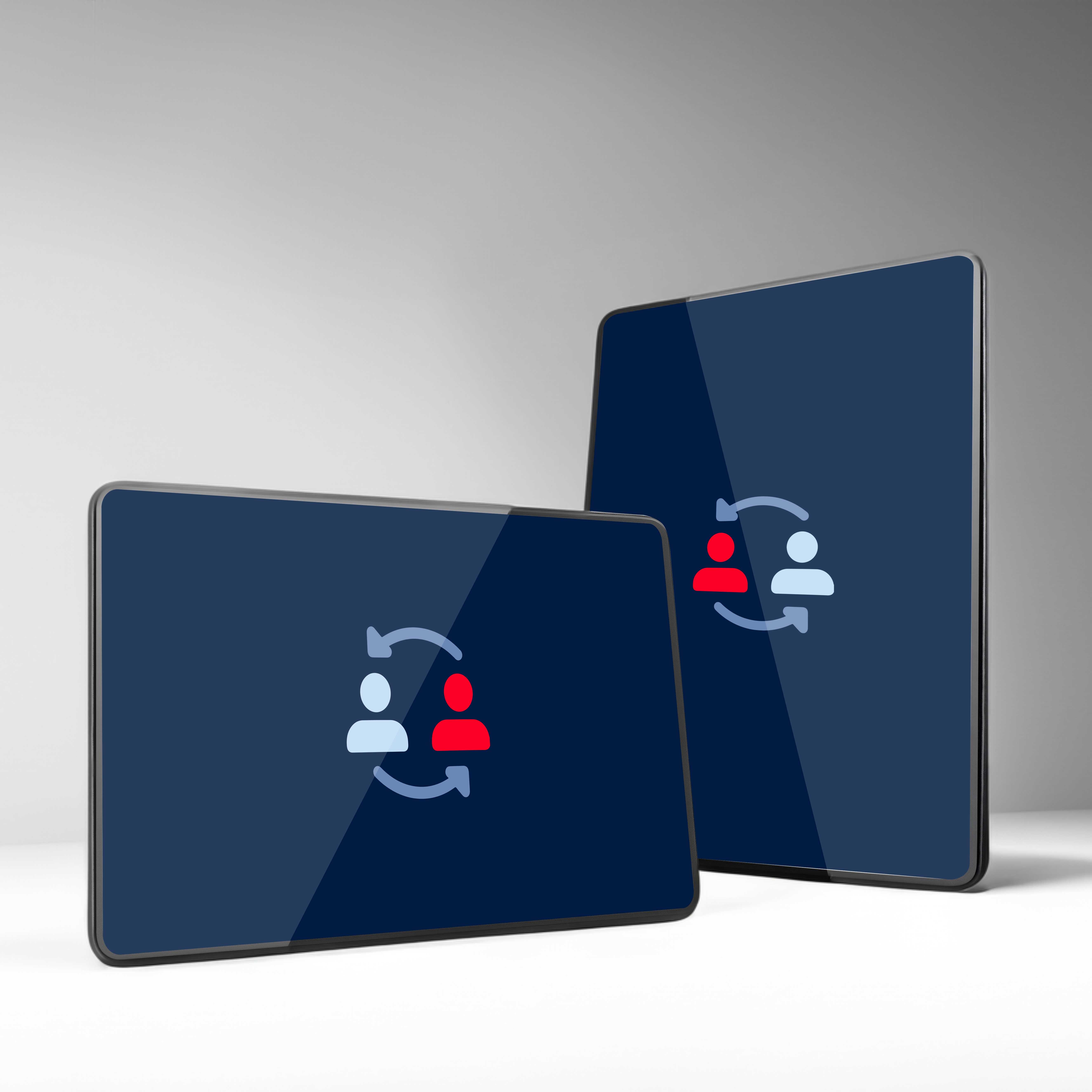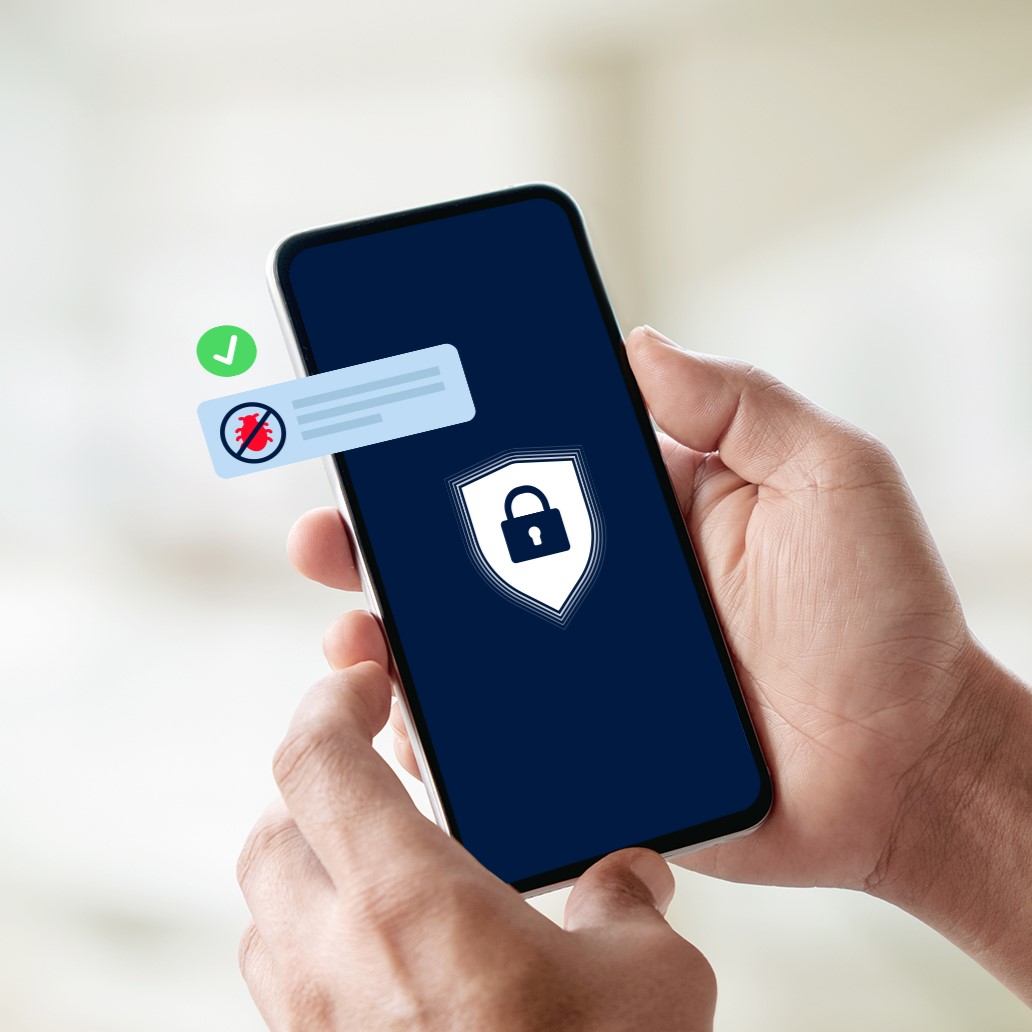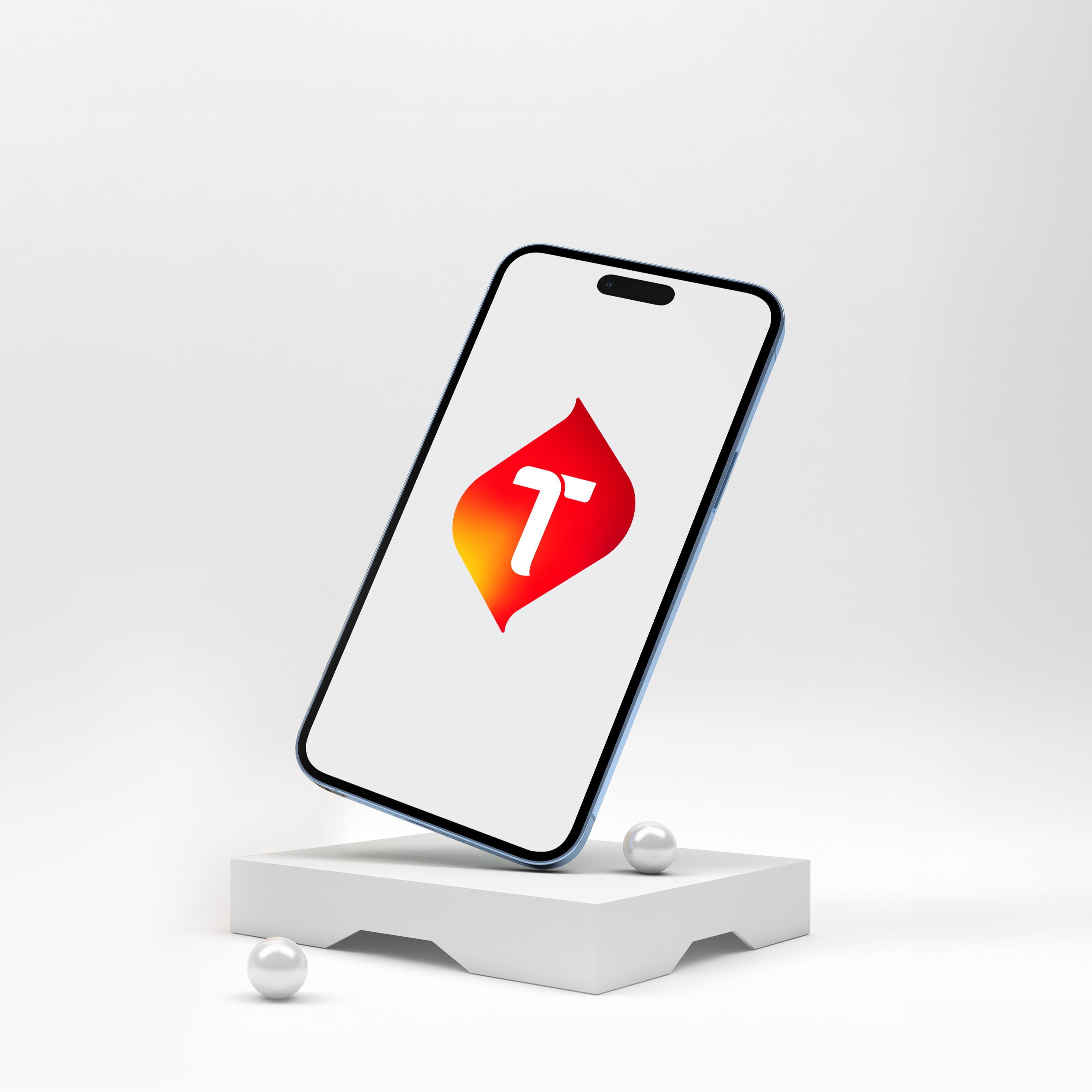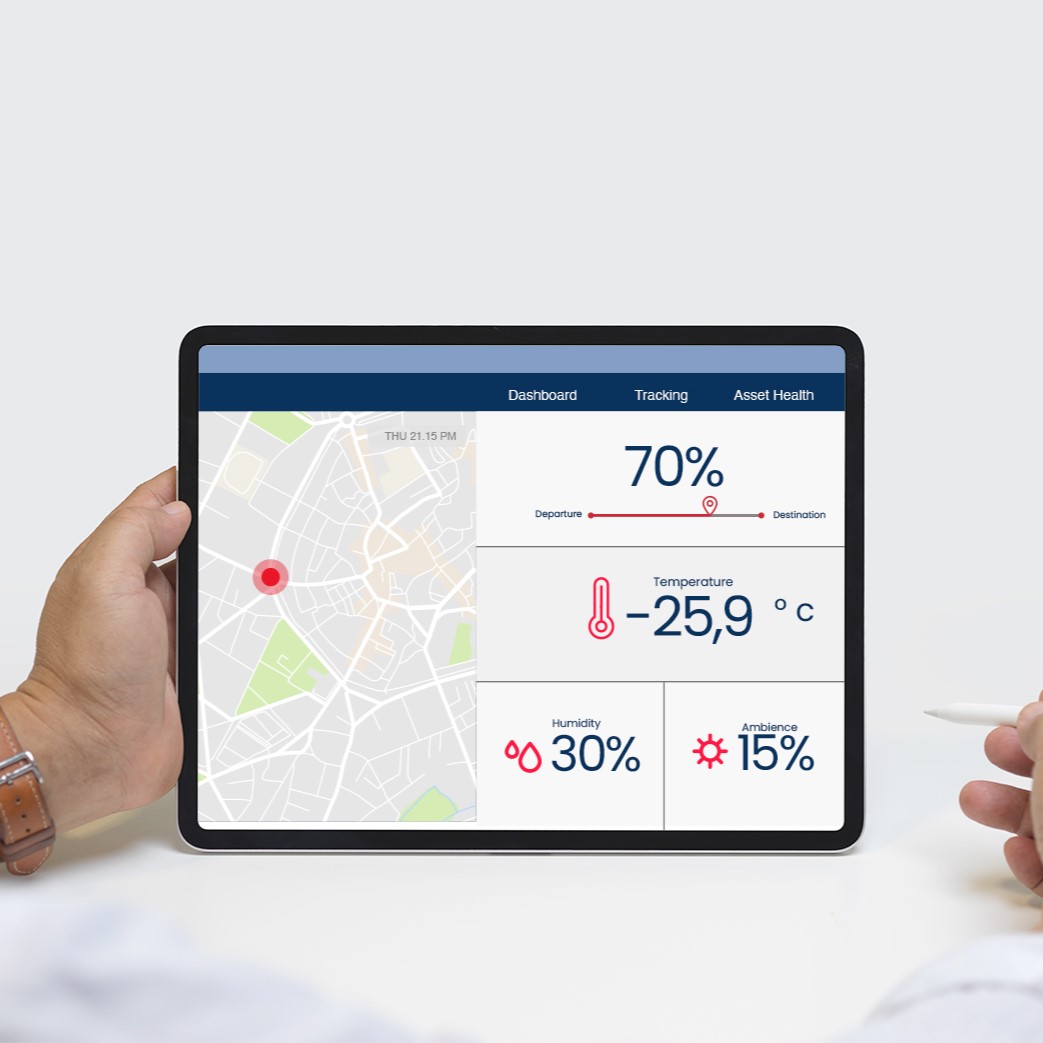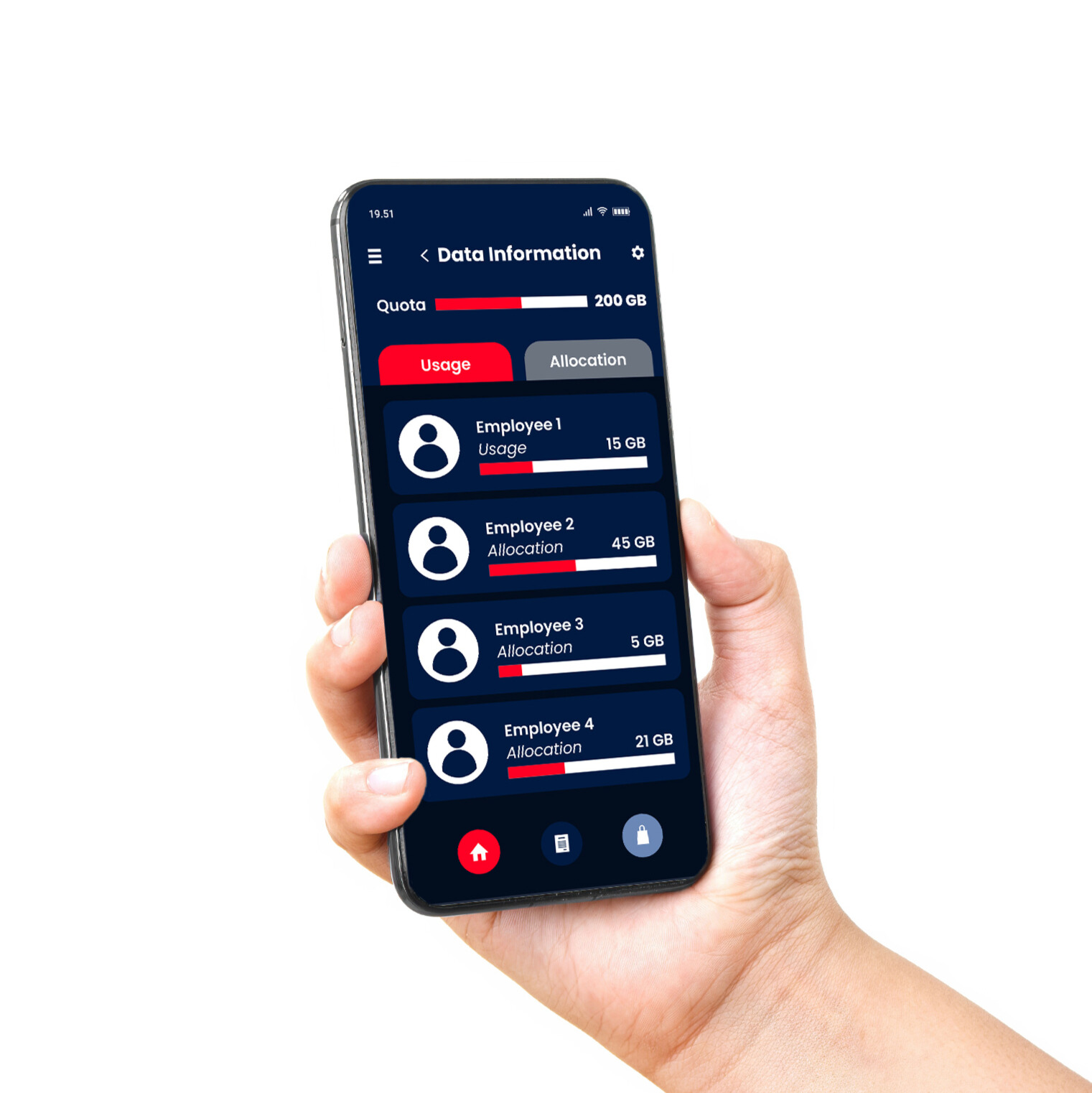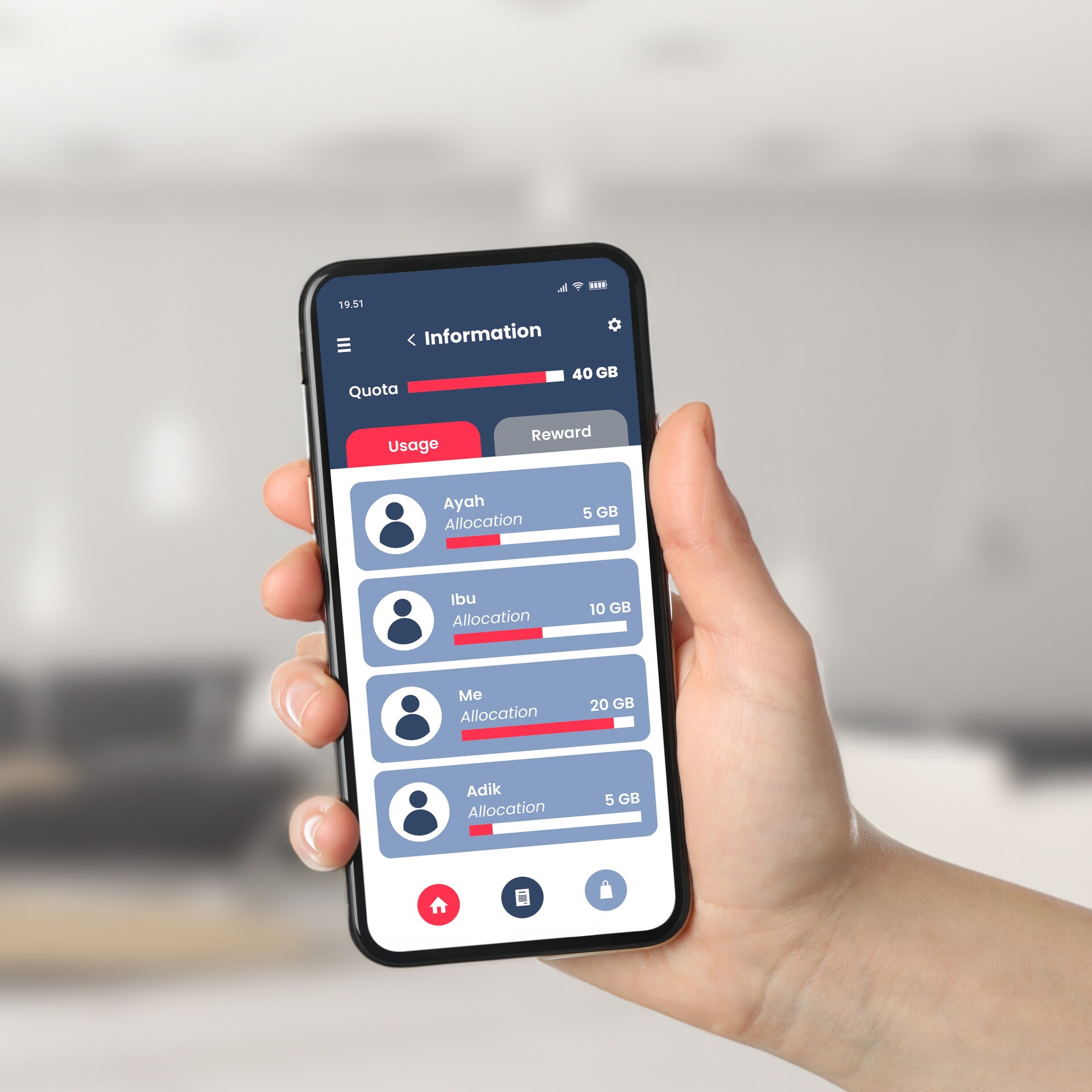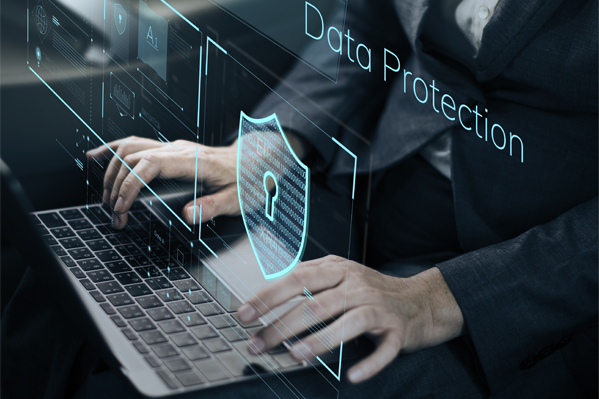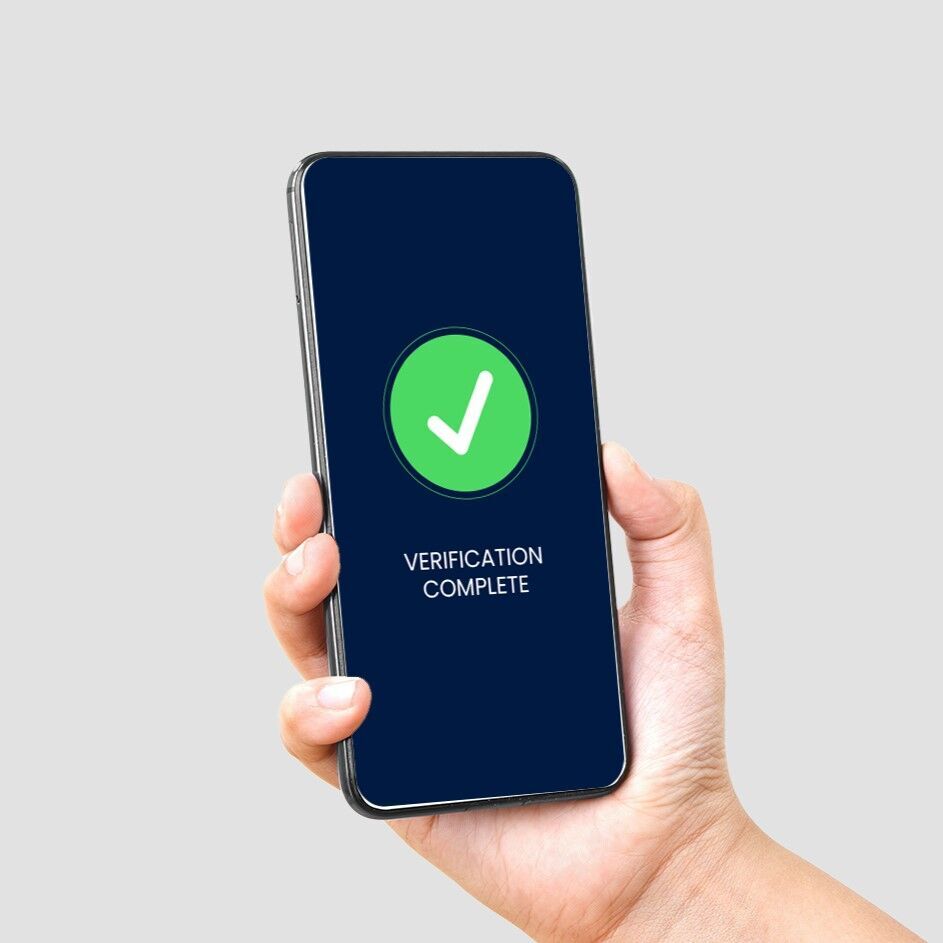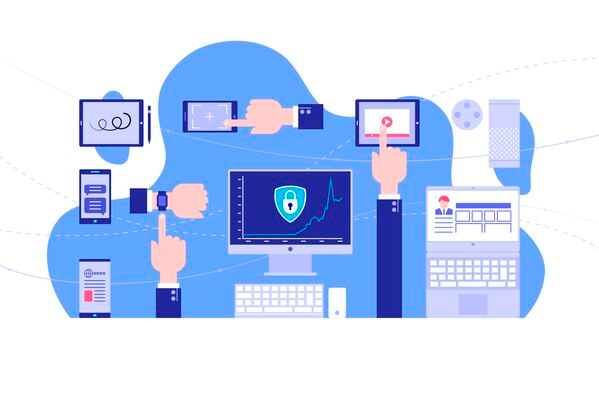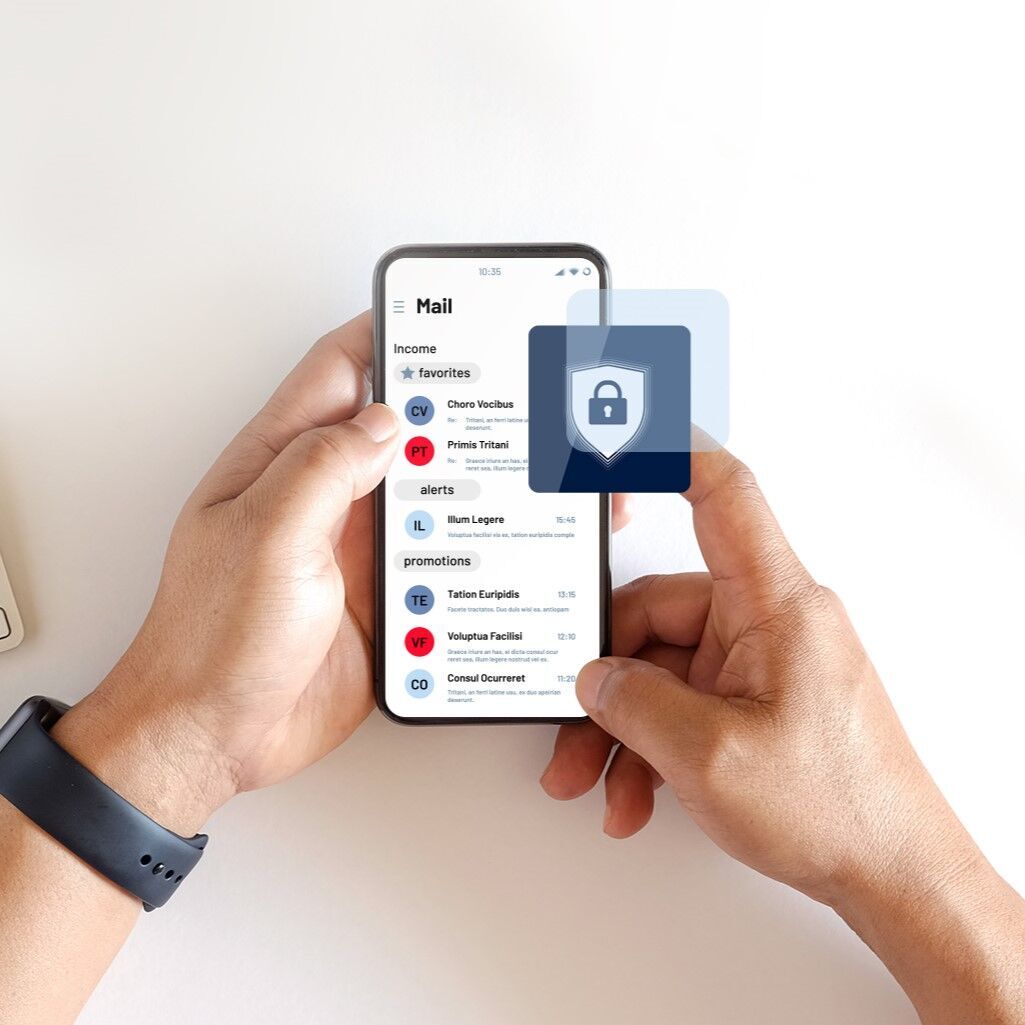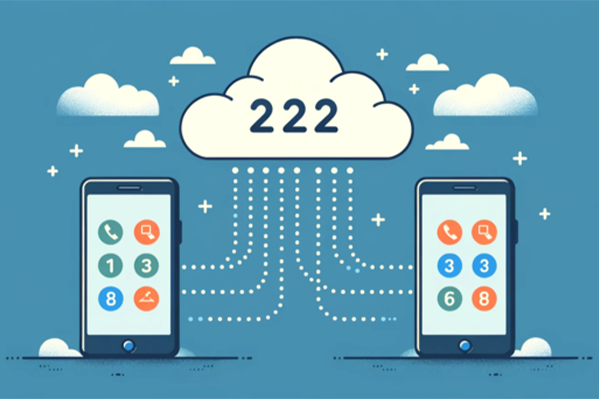In the era of the increasingly connected internet, maintaining the integrity and security of digital information is a top priority.
Cybersecurity, often regarded as the first line of defense in the digital world, plays a crucial role in protecting data and information from unexpected threats.
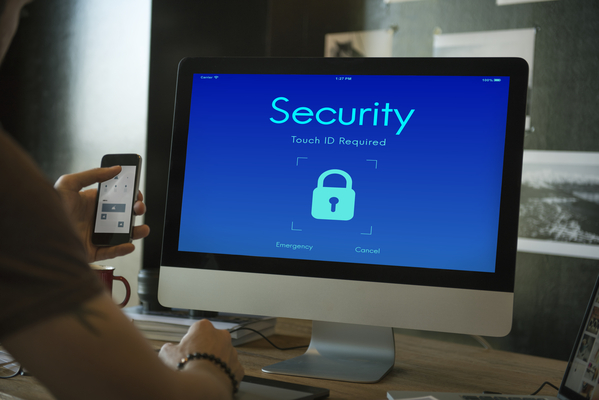
Cybersecurity Definition and Importance for Internet Users
Cybersecurity is a set of practices, technologies, and processes that are designed to protect systems, networks, and data from attacks or unauthorized access.
In a business context, cybersecurity helps maintain the confidentiality, integrity, and availability of information.
But remember, it's not just large companies that need this protection. Every individual has a digital footprint, whether through social media, online banking, or e-commerce activity and is at risk of cybersecurity threats.
To provide a real picture of the urgency of cybersecurity, let's take a look at some statistics and cases that occurred in Indonesia:
-
Increased Attack: Based on reports from National Cyber and Crypto Agency, Indonesia experiences an increase in cyberattacks from year to year. Even for 2023, it is estimated that ransomware, data breaches, and phishing attacks will continue to dominate.
-
Data Theft Case: In early 2020, a national e-commerce platform experienced a data leak that affected millions of users. The leaked data includes names, email addresses, and telephone numbers.
By looking at the statistics and cases above, it is clear that cybersecurity is not only the responsibility of companies or organizations but also the responsibility of individuals. Therefore, various security authentication innovations have emerged such as OTP, 2FA, and many other latest solutions.

What is OTP (One-Time Password)?
To increase the security of access to various digital platforms, many services are now adopting additional authentication methods. One of them is OTP, which has become the industry standard for protecting user identity.
OTP (One-Time Password) is a numeric or alphanumeric code that is only valid for one transaction or login session.
Unlike traditional, fixed passwords, OTPs change every time they are used. This ensures that even if the code is known by a third party, it cannot be used again for the same purpose.
How OTP Works and Usage Examples
When a user tries to log in to a platform or make a transaction, the system will automatically send an OTP to a predefined device, such as a mobile phone or email.
Users must enter the OTP within a certain time to continue.
For example, when carrying out online banking transactions, the bank will send an OTP to the registered phone number. After entering the code, new transactions can be continued. This also applies when someone tries to change account details on a platform, such as changing their email address or phone number.
What are the advantages and deficiencies of OTP?
Advantage:
-
Extra security: With its ever-changing nature, OTP offers an additional layer of security that is difficult to penetrate.
-
Prevention of unauthorized access: Even if someone manages to get the main password, without the OTP they still won't be able to access the account.
-
Ease of use: Users only need to enter the received code without needing to remember additional passwords.
Deficiencies:
-
Device dependency: If the phone is lost, the signal is poor, or the battery runs out, users may have difficulty receiving the OTP.
-
Delivery delays : Sometimes, there is a delay in sending the OTP, which may cause inconvenience to users.
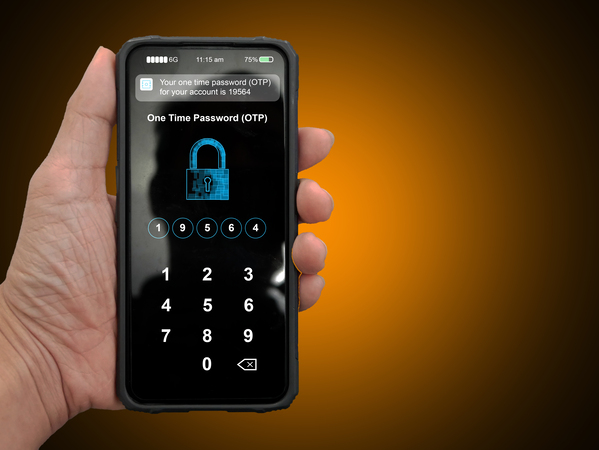
What is 2FA (Two-Factor Authentication)?
As digital security threats increase, stronger authentication methods are needed to protect user data and information. One solution that is now being adopted by many platforms is 2FA.
2FA, or Two-Factor Authentication, is a security method that requires two forms of verification before users can access certain accounts or services.
In other words, instead of just entering a password, users must also provide a second proof of identity, such as OTP, fingerprint, or even facial recognition. There are many options.
Difference Between One-Factor and Two-Factor Authentication
One-factor authentication requires only one form of verification, usually a password. However, with 2FA, there is an additional layer of security.
For example, after entering a password, the system may ask the user to enter an OTP code sent via SMS or a special application.
How 2FA Works and Usage Examples
In practice, after entering the password, the system will ask for a second form of verification. This could be:
-
OTP code sent via otp sms, whatsapp otp, or an app like Google Authenticator.
-
Fingerprint, if the device supports biometric technology.
-
Facial or voice recognition.
For example, when accessing online banking services, after entering the password, the bank will usually ask the user to verify the identity with a fingerprint or OTP code.
Here are the advantages and deficiencies of using 2FA:
Advantage:
-
Maximum security: With two layers of verification, it is difficult for third parties to access accounts without permission.
-
Data protection: With 2FA, personal data, and other important information are safer.
-
Fraud prevention: By requiring additional verification, the risk of fraud, such as phishing, can be minimized.
Deficiencies:
-
Possible delays: Sometimes, there is a delay in sending the OTP code or other verification.
-
Difficulty if you lose the device: If users lose their phone or other authentication device, they may have difficulty accessing services that require 2FA.
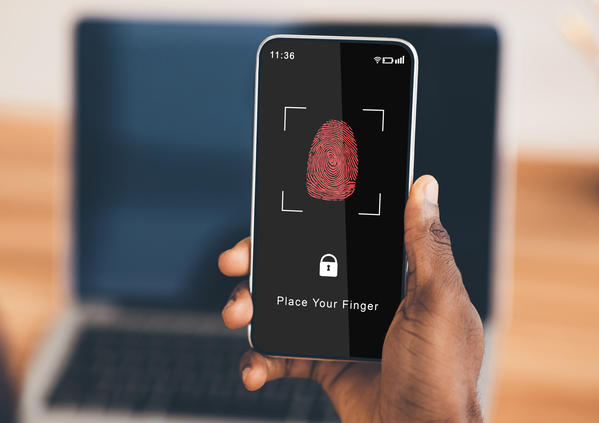
Latest Technology and Solutions in Cybersecurity
To strengthen defense against cyber threats, various innovations and the latest technologies have been developed. From biometric-based solutions to authentication-based cloud, here are some of the latest cybersecurity solutions that are worth knowing about.
Telkomsel Authentication Protection (TAP):Telco Verify
Telkomsel Enterprise, one of the biggest telecommunications service providers in Indonesia, has launched a security solution called Telkomsel Authentication Protection (TAP) Telco Verify.
This solution is designed to provide an additional layer of security for customers by verifying user identity over mobile networks. This ensures that only authorized users can access certain services, thereby increasing trust and security in digital transactions.
Biometrics: Face, Fingerprint and Retina Recognition
-
Face recognition: This technology allows the system to identify individuals based on their facial features. Lots of smartphones and other devices are equipped with this technology for increased security.
-
fingerprint: Almost every individual has a unique fingerprint. This technology utilizes fingerprint patterns for identity verification.
-
Retina screen: This technology scans the pattern of blood vessels in the retina of the eye, which is unique for each individual, as a form of authentication.
Smart Cards and Physical Security Tokens
Smart cards are plastic cards that have an integrated chip that can be programmed. These cards are often used in security applications to store encryption keys or digital credentials.
Meanwhile, a physical security token is a small device that generates a security code used to access a network or service.
Cloud-Based Dynamic Password and Authentication Solution
With the help of cloud technology, authentication solutions can now provide dynamic passwords that change every time they are used. This improves security by ensuring that stolen or intercepted code cannot be used more than once.
Behavior-Based Security and Adaptive Risk Analysis
This technology monitors user behavior to detect suspicious activity. If the system detects unusual behavior, such as logging in from an unknown location, it may request additional verification or even block access. The most popular example is the one used by Google service login.
Practical Tips to Improve Personal Cybersecurity
Although security technology continues to develop, the primary responsibility for protecting personal data remains with the user.
Here are some simple steps you can take to improve personal cybersecurity:
Use unique and different passwords for each service
Using the same password for all services is a common mistake. If one service is hacked, all other accounts using the same password are at risk.
Make sure to use a combination of letters, numbers, and symbols to increase the strength of the password.
Update software and operating system regularly
Software and operating system updates often include security fixes for discovered vulnerabilities. By ensuring your devices are always updated, you minimize the risk of exploitation by third parties.
Avoid clicking on suspicious links or downloading files from an unknown source
Phishing is a technique used by cybercriminals to steal personal information by impersonating a trusted entity. Always check the link URL and make sure you are on a legitimate website before entering personal information.
Use a VPN when accessing the internet over a public network
VPN or Virtual Private Network, allows you to create secure connections to other networks over the internet. When using a public network, such as Wi-Fi at a cafe or airport, a VPN can protect data from eavesdropping.
By adopting the above security measures, you can contribute to the effort to protect yourself from constant cyber threats.

Conclusion
From the use of OTP and 2FA to the adoption of advanced technologies like biometrics and behavior-based authentication, there are many tools and strategies available to protect personal data and information. Moreover, with the increase in cyber threats and attacks, every individual and organization needs to understand and implement best security practices.
However, technology alone is not enough. Awareness and vigilance in maintaining the security of private information is the main key. By combining technology, education, and awareness, we can create a safer and more secure digital environment.
Regarding digital security, Telkomsel Enterprise launched Telco Verify solution as part of the Telkomsel Authentication Protection (TAP) initiative to improve digital information security.
Telco Verify is designed using network authentication technology that is more secure and reliable. This aims to provide more protection for data and digital transactions, especially in the corporate segment. Implementing Telco Verify can help companies identify and prevent potential digital security threats that could impact the integrity and security of company data.
Interested in implementing Telco Verify solutions in your company? Contact us for further information.







